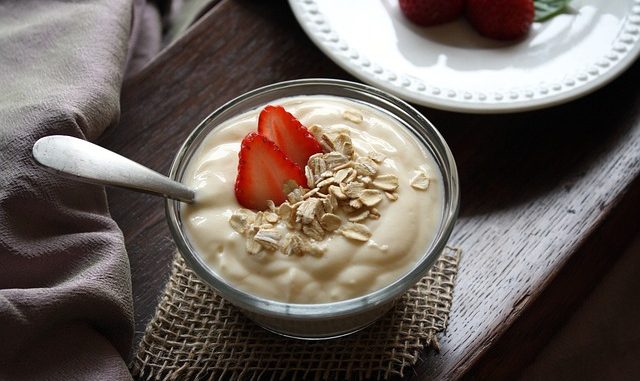
Leuconostoc species are bacteria commonly associated with spoilage and fermentation of food products. They are also increasingly seen as contributorsto probiotics and to postbiotic ingredients. They are key members of the Lactobacillis family. A number of species exist. Many are isolated from plant species especially their sap.
The species are generally characterised as heterofermentative. Their metabolism is such that they use a combination of the pentose phosphate and phosphoketolase pathways for sugar uptake. They are also Gram-positive cocci, non-motile and non-spore forming.
They’re importance as probiotics cannot be overstated because they are one of the leading bacteria along with Lactobacillus to have a commercial impact on food production. These two geni are commonly associated with each other in food production.
Leuconostic Species
Some strains produce important exopolysaccharides which are viewed now as postbiotics. Leuconostoc mesenteroides subsp. cremoris is routinely used in the production of cottage, cream cheese and cultured milks such as kefir and yogurt. Hence, they are usually present in L-type and DL-type mesophilic starter cultures.
Leuconostoc mesenteroides subsp. mesenteroides and subsp. dextranicum usually produce slime now called glucan, formerly and known commercially as dextran from sucrose. The dextrans are valuable blood transfusion bulking agents.
Leuconostoc paramesenteroides does not produce glucan and is used in making brined cheese. Leuconostoc lactis is also found in milk and dairy products.
A number of these species also contribute important flavour compounds to fermented dairy foods, and to beer too. The key compounds are diacetyl and acetoin. Diacetyl is an undesirable ‘green’ flavour produced in cultured dairy products from acetaldehyde. or a buttery flavour in kefir. Fortunately Leconostic spp. only grow slowly in milk but in many foods the presence of diacetyl is recognised as a sour note.
Vegetable Fermentations
Sauerkraut is a highly popular fermented food throughout Europe and North America. The first strain, now recognised as Leconostic fallax was isolated from sauerkraut. It is atypical of the genus according to phylogenetic studies of the 16S rDNA sequence. They are also found in pickled vegetables.
Dairy Fermentation
Two species have been identified in milk, Leuconostoc pseudomesenteroides and Leuconostoc mesenteroides. Whilst they do not thrive as effectively as Lactobacillus in souring milk, they produce various compoujds such as acetaldehyde, acetate and lactate which are indicative of fermented milk foods such as kefir and yogurt.
Meat fermentation
Whilst all lactobacilli are seen as spoilage organisms in foods they are also an important contributor to the flavour of fermented meat too.
The types of flavour compounds generated by fermentation of stored beef strips for example includes acetone, toluene, acetic acid, ethyl acetate, a C7 hydrocarbon, and trichloromethane (Jackson et al., 1992). These are not desirable aromas but they do illustrate what is possible.
Postbiotics
Leuconostoc species are regarded as producers of postbiotics. Leuconostoc mesenteroides J.27 produces bioactive soluble byproducts as postbiotic when fermenting kimchi. These are antimicrobials which are active against pathogenic bacteria such as Vibrio parahaemolyticus, Pseudomonas aeruginosa, and Escherichia coli (Toushik et al., 2022).
References
Jackson, T. C., Acuff, G. R., Sharp, T. R., & Savell, J. W. (1992). Contribution of Lactobacillus plantarum and Leuconostoc mesenteroides subsp. mesenteroides to Atypical Odors of Beef Strip Loins. Journal of Food Science, 57 (3), pp. 785-786 (Article).
Toushik, S. H., Park, J. H., Kim, K., Ashrafudoulla, M., Ulrich, M. S. I., Mizan, M. F. R., … & Ha, S. D. (2022). Antibiofilm efficacy of Leuconostoc mesenteroides J. 27-derived postbiotic and food-grade essential oils against Vibrio parahaemolyticus, Pseudomonas aeruginosa, and Escherichia coli alone and in combination, and their application as a green preservative in the seafood industry. Food Research International, 156, 111163 (Article)

Leave a Reply